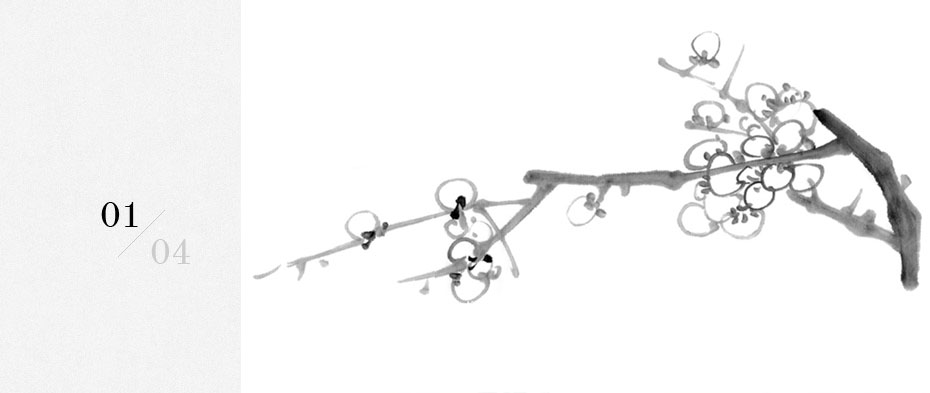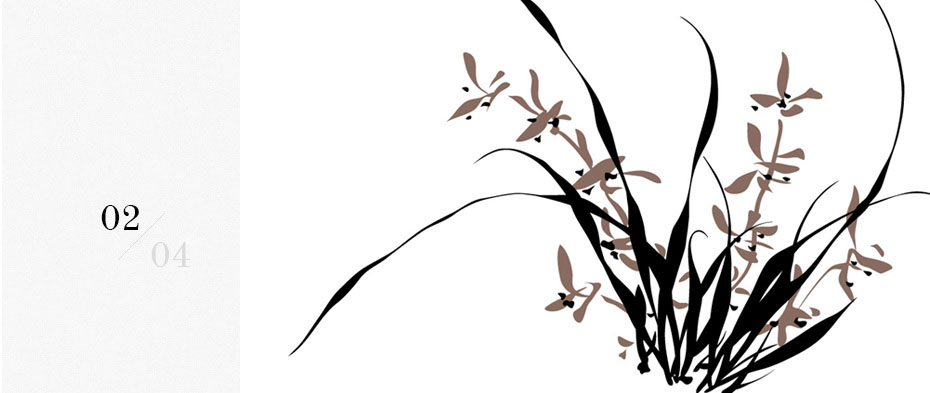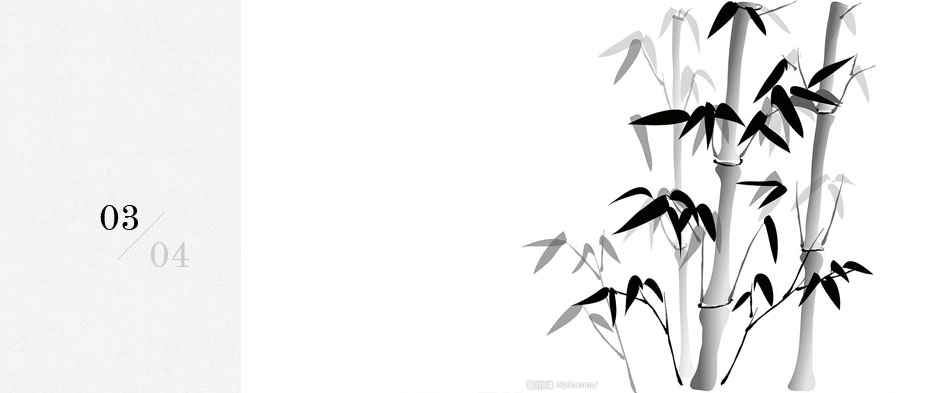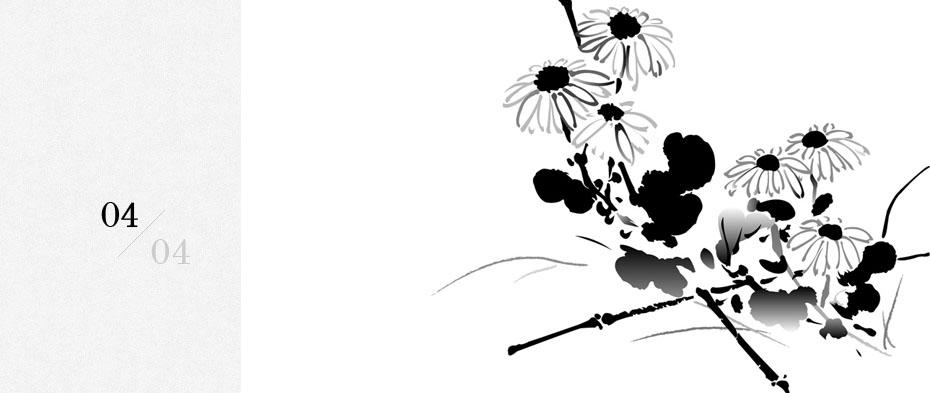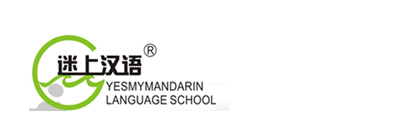
|
The Palace Museum, historically and artistically one of the most comprehensive Chinese museums, was established on the foundation of the palace that was the ritual center of two dynasties, the Ming and the Qing, and their collections of treasures. Designated by the State Council as one of Chinas foremost protected monuments in 1961, the Palace Museum was also made a UNESCO World Heritage site in 1987.
Situated at the heart of Beijing, the Palace Museum is approached through Tianan men Gate. Immediately to the north of the Palace Museum is Prospect Hill (also called Coal Hill), while on the east and west are WangFujing and ZhongNanhai neighborhoods. It is a location endowed with cosmic significance by ancient Chinas astronomers.
The main buildings, the six great halls, one following the other, are set facing south along the central north-south axis from the Meridian Gate, the south entrance, to ShenWumen, the great gate piercing in the north wall. On either side of the palace are many comparatively small buildings. Symmetrically in the northeastern section lie the six Eastern Palaces and in the northwestern section the six Western Palaces. The Palace area is divided into two parts: the Outer Court and the Inner Palace. The former consists of the first three main halls, where the emperor received his courtiers and conducted grand ceremonies, while the latter was the living quarters for the imperial residence. At the rear of the Inner Palace is the Imperial Garden where the emperor and his family sought recreation.
Now the Forbidden City is no longer forbidding, but inviting. A visit to the Palace Museum will enrich the visitors knowledge of history, economy, politics, arts as well as architecture in ancient China.

